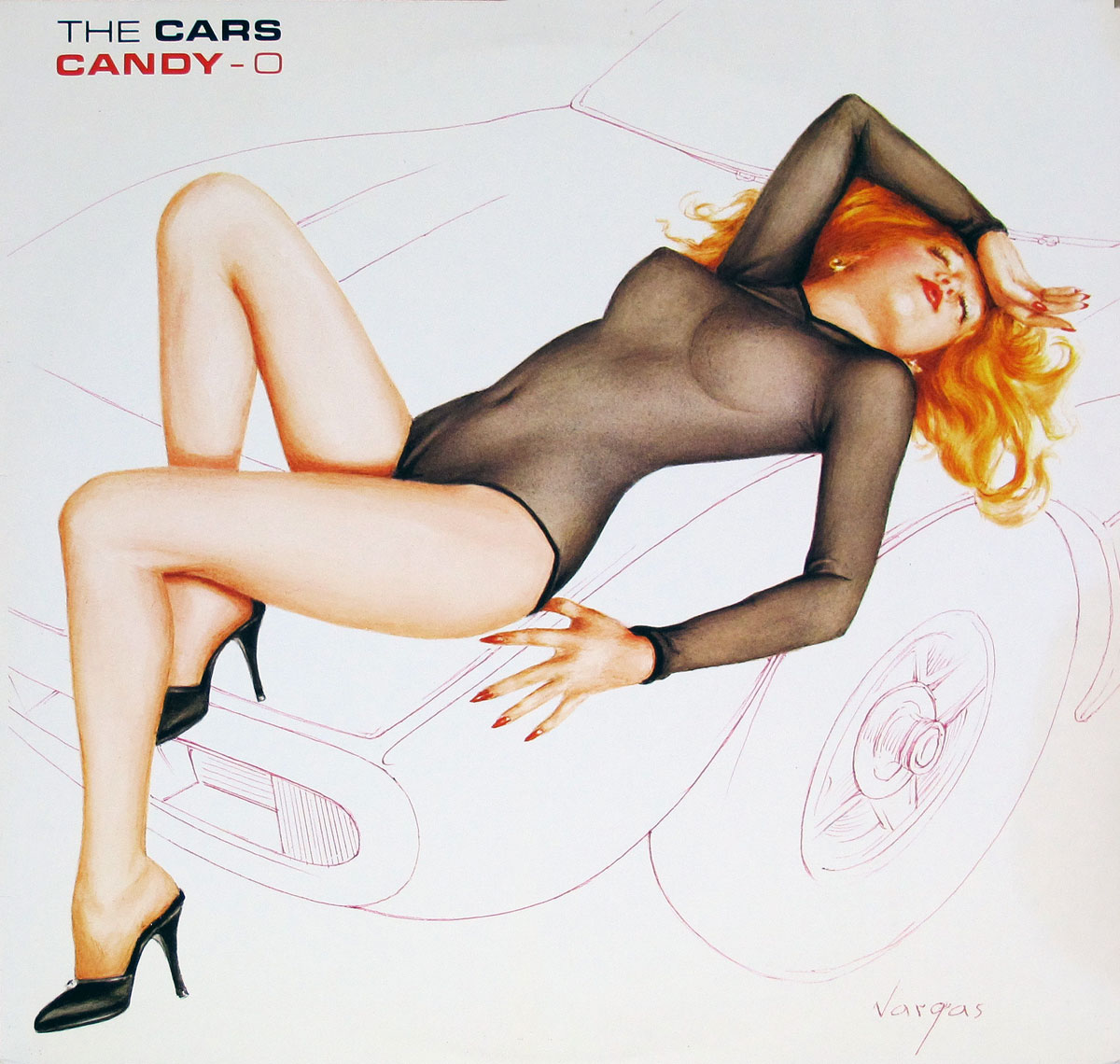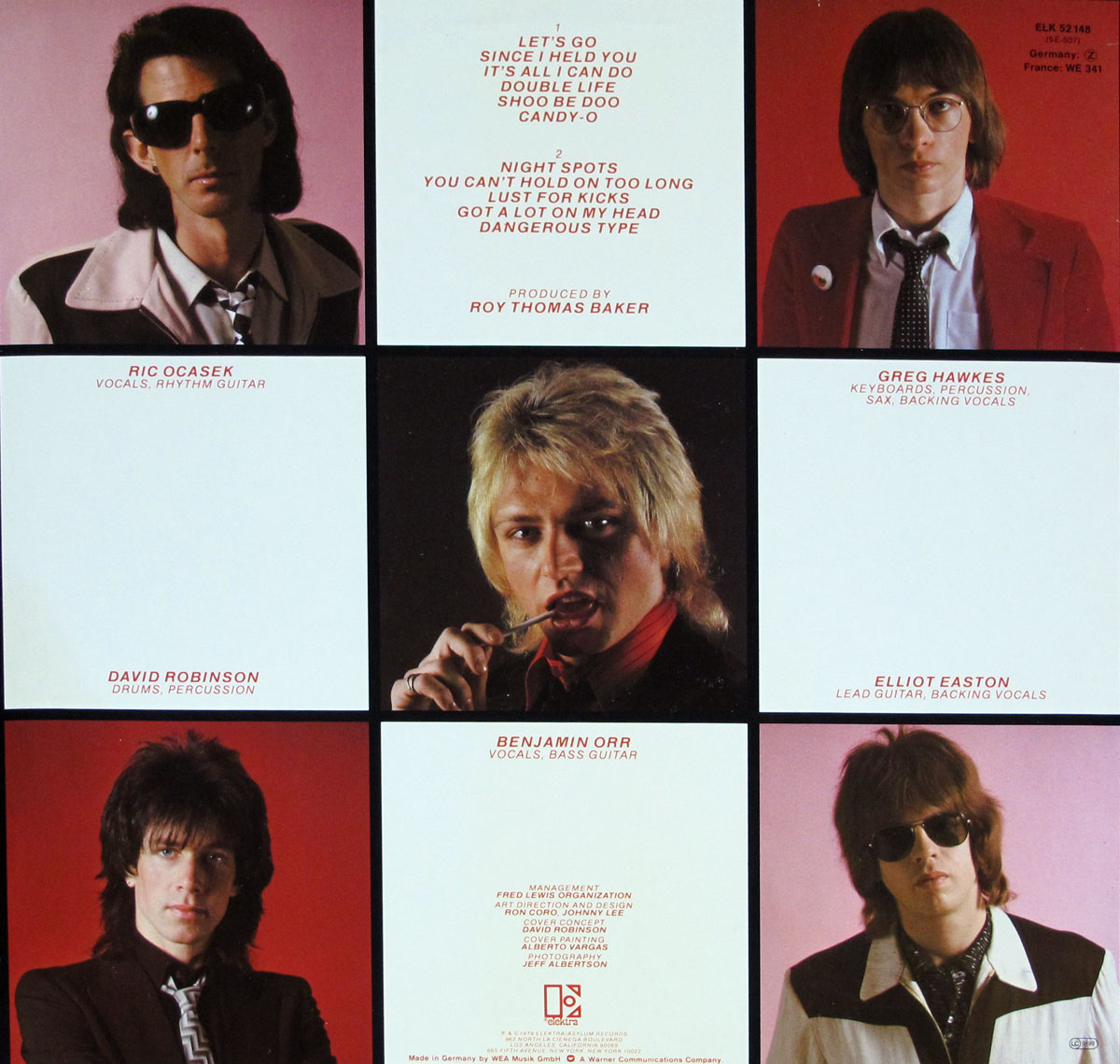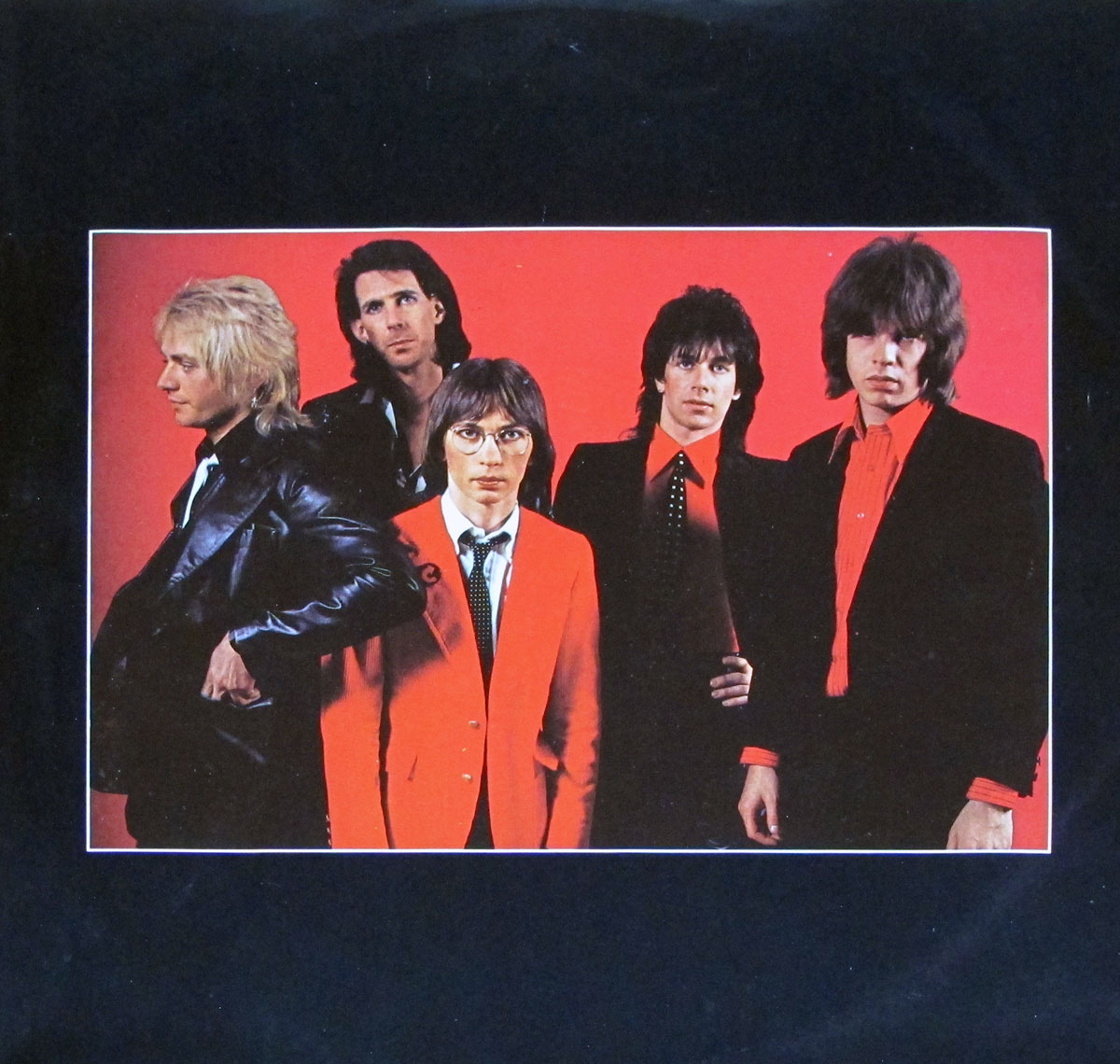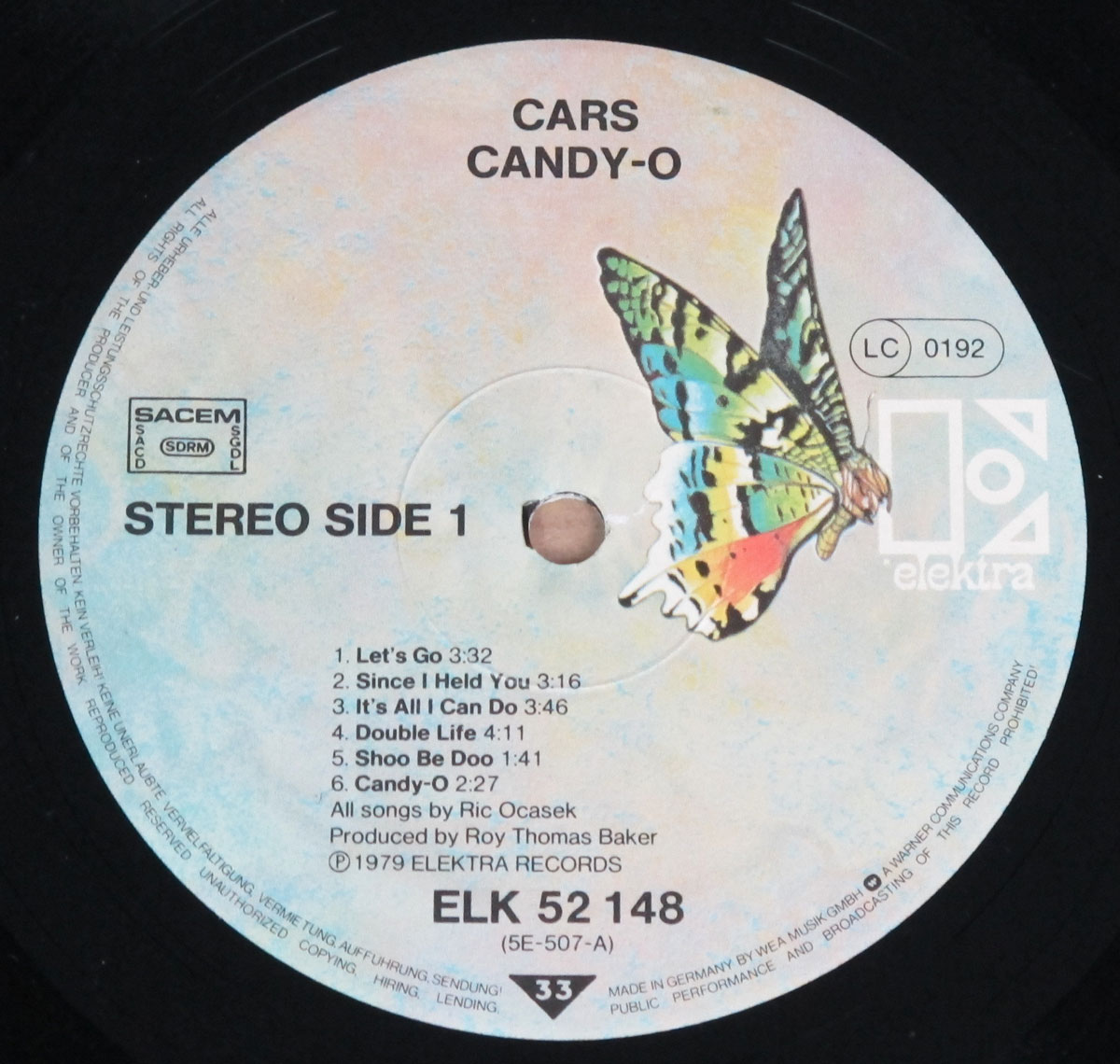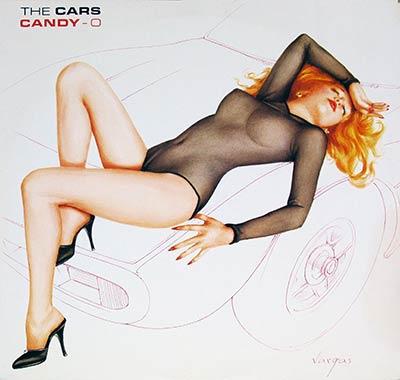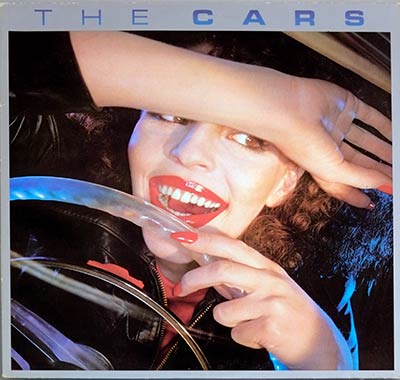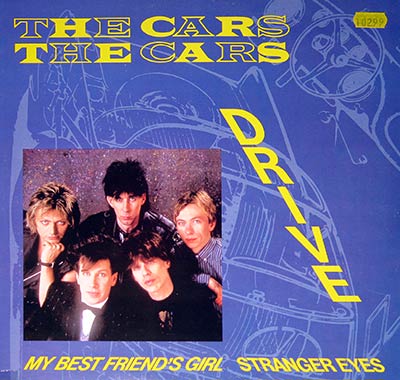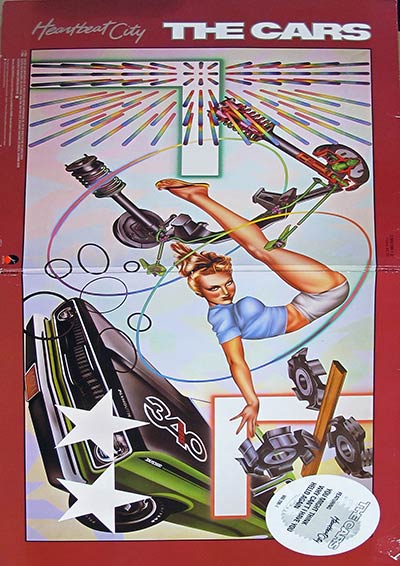This is the back cover of Candy-O, the second studio album by The Cars, released in 1979. The design presents a grid layout with individual photos of the band members, each positioned in their own frame. The photos have distinct artistic flair, showcasing the personalities of each member.
1. Top left: Ric Ocasek, the bandÕs vocalist and rhythm guitarist, is shown wearing sunglasses and a sharp, stylish outfit, exuding a cool and enigmatic vibe.
2. Top right: Greg Hawkes, responsible for keyboards, percussion, sax, and backing vocals, appears in a red jacket with a white shirt and tie, matching the bold aesthetic of the albumÕs style.
3. Middle: Benjamin Orr, the bassist and lead vocalist, is the central figure, posed dramatically with a confident expression, biting into what seems to be a red object, likely emphasizing the playful yet provocative tone of the album.
4. Bottom left: Elliot Easton, the lead guitarist and backing vocalist, is seen in a dark suit with a striped shirt, bringing a formal yet edgy touch to his appearance.
5. Bottom right: David Robinson, the drummer and percussionist, sports sunglasses and a leather-accented jacket, embodying a sleek, rocker image.
The bottom text credits Roy Thomas Baker as the producer, along with management and organizational details. The back coverÕs layout complements the albumÕs new-wave rock identity, combining striking visuals with clean typography to highlight the bandÕs polished and stylish presentation.
